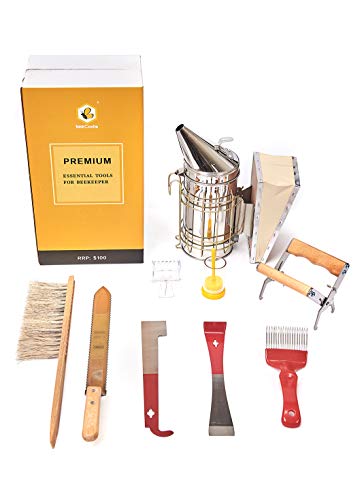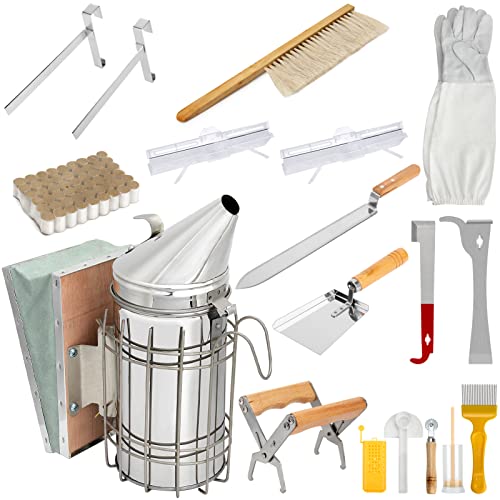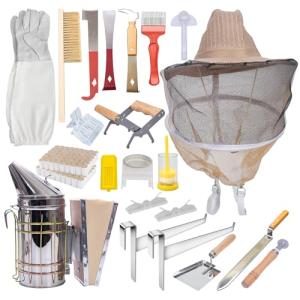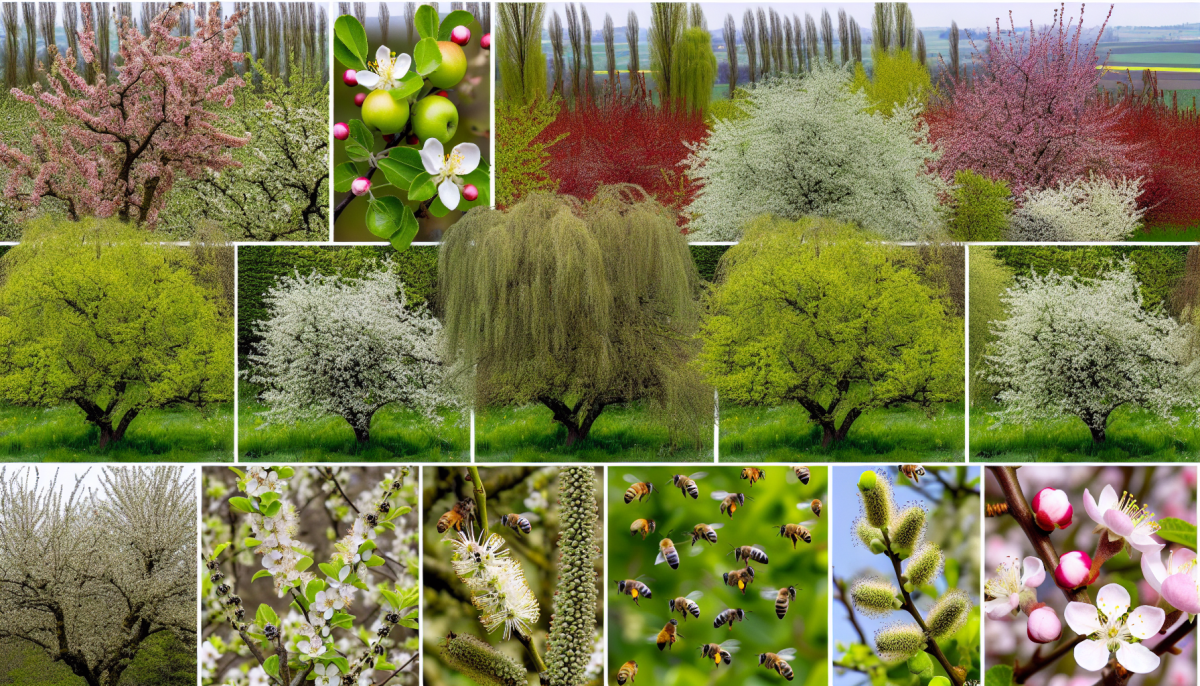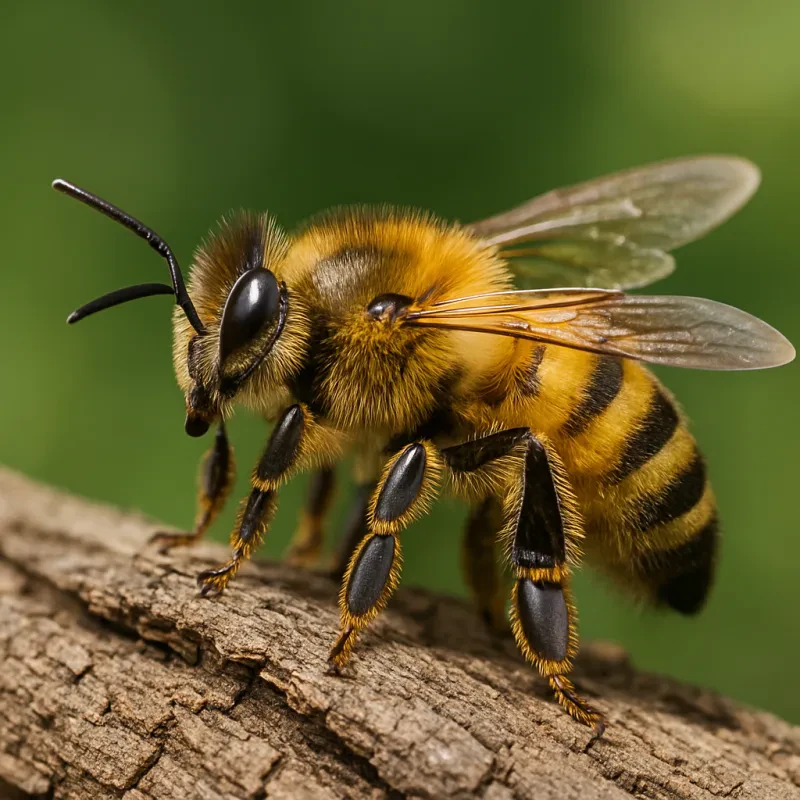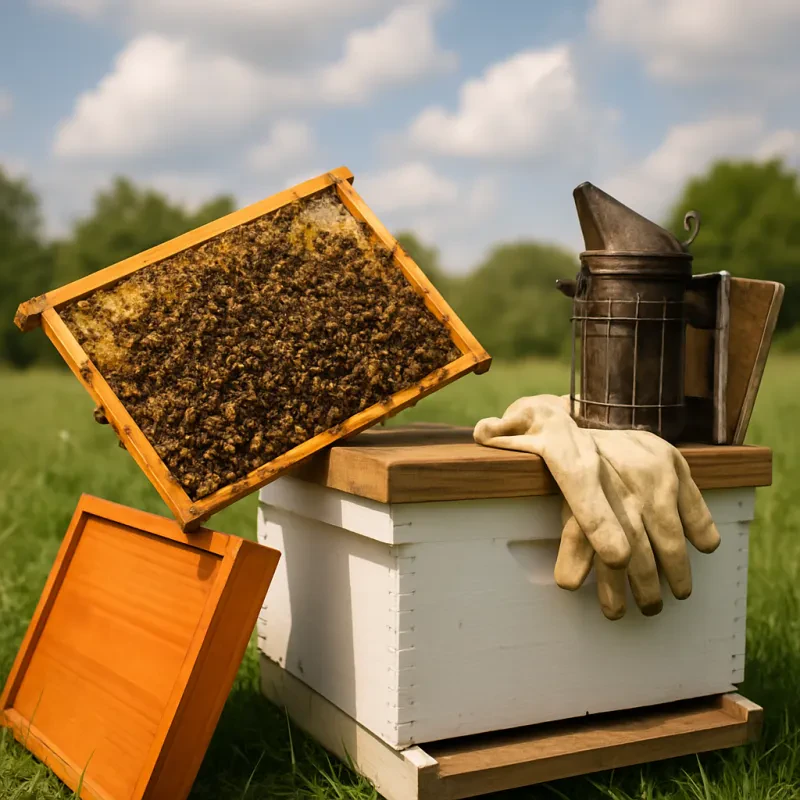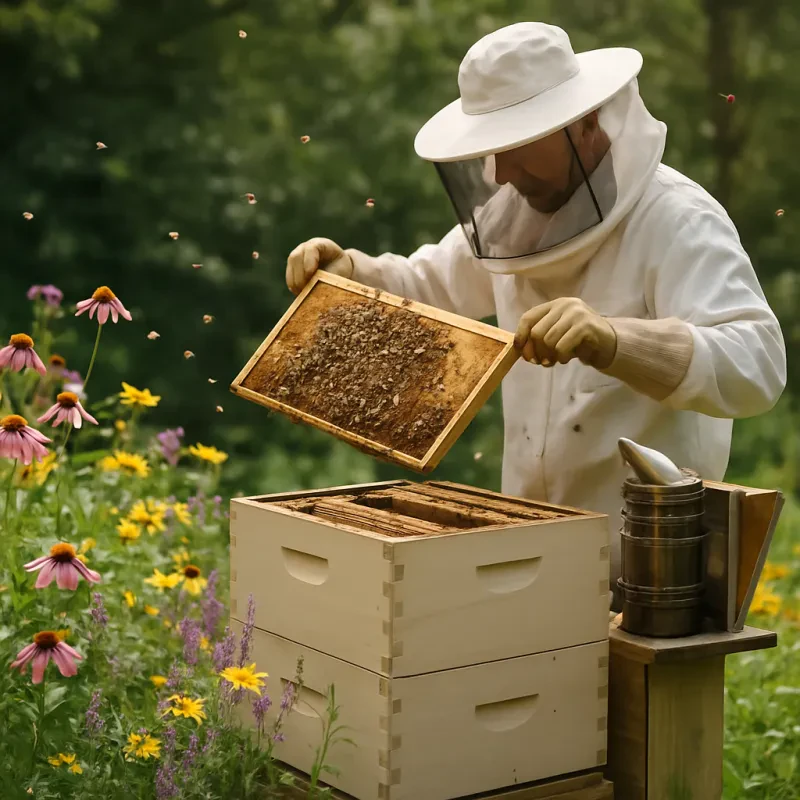When it comes to nurturing honey bees, selecting the right trees is essential. Trees for honey bees provide not only shelter but also a source of nectar and pollen. By planting specific trees, you can create a vibrant environment that supports these vital pollinators. Below are some of the best trees that can significantly benefit honey bee populations.
One of the top choices among trees for honey bees is the Black Locust (Robinia pseudoacacia). Known for its fragrant white flowers, this tree blooms in late spring and offers an abundant supply of nectar. Honey produced from Black Locust is light in color and has a mild, sweet flavor, making it a favorite among both bees and beekeepers. Additionally, its sturdy wood is great for various uses, adding to its appeal.
Another excellent option is the Red Maple (Acer rubrum). This native tree provides early-season blooms that are crucial for honey bees emerging from winter. The flowers are small yet packed with nectar, allowing bees to gather food when other sources may be scarce. Red Maples are also beautiful in the fall, offering vibrant red and yellow foliage that enhances any landscape.
Similarly, the Tulip Tree (Liriodendron tulipifera) is a great addition to any garden aimed at supporting honey bees. With its striking yellow-green flowers that bloom in late spring, this tree is a prime nectar source. The large size of the Tulip Tree makes it an impressive specimen in any yard, while its ability to support wildlife makes it a valuable tree for the ecosystem.
Nectar Sources for Healthy Hives
When we think about keeping honey bees healthy and thriving, one essential aspect to consider is the availability of nectar sources. Trees for honey bees play a critical role in providing these vital food resources. Blossoming trees offer rich nectar, which bees collect to make honey, while also contributing to the overall health of the hive. Let's explore some amazing trees that attract honey bees and boost their well-being.
One standout option is the Black Locust tree. This beauty blooms in late spring and is packed with sweet nectar that bees adore. The flowers emit a delightful fragrance, making it not only pleasing to the eyes but a favorite nectar source for honey bees. When in full bloom, a Black Locust tree can provide a bountiful harvest of honey, rich in flavor and quality.
Another remarkable tree for honey bees is the Sweetgum. Its star-shaped leaves and unique, spiky seed balls make it a distinct addition to any landscape. During its flowering period, the Sweetgum produces a moderate quantity of nectar. While bees may not rely solely on it, it serves as a supplementary food source that helps sustain hives during spring and early summer.
Lastly, the Willow tree deserves a mention. While often overlooked, willows are among the first trees to blossom in spring. Their delicate, fluffy catkins release sweet nectar, enticing honey bees after a long winter. Planting willows alongside other trees for honey bees ensures that hives have a steady supply of food when they need it most.
Benefits of Planting Bee-Friendly Trees
Planting bee-friendly trees is a fantastic way to support our buzzing friends and enhance our environment. These trees provide an abundant source of nectar and pollen, essential for honey bee survival. When you choose trees for honey bees, you are not only aiding in the health of bee populations but also contributing to the overall ecosystem. Trees play a vital role in the food chain and help maintain biodiversity.
One of the key benefits of planting trees for honey bees is the extended blooming season they offer. Different tree species bloom at various times throughout the year, ensuring that bees have access to food from early spring to late fall. This continuous supply of nectar is crucial for bees as they collect food to sustain their colonies. The more varied food sources available, the stronger and healthier the bee population becomes.
Moreover, trees provide essential habitats for various wildlife, not just honey bees. They create nesting sites and shelter for many species, including birds, insects, and other pollinators. By planting trees for honey bees, you contribute to a vibrant ecosystem that supports various forms of life, increasing the resilience of the environment. This interconnectedness is vital for maintaining ecological balance and promoting wildlife health.
Additionally, planting bee-friendly trees can lead to improved air quality and reduced urban heat. Trees act as natural air filters, absorbing carbon dioxide and releasing oxygen. They also provide shade and can lower temperatures in urban areas, creating a more comfortable environment for both people and pollinators. By choosing to plant trees for honey bees, you're making a positive impact not only for the bees but for your community and the planet as a whole.
Caring for Trees and Bees Together
Caring for trees and bees is a wonderful way to support our environment while enjoying the beauty of nature. Trees provide essential habitats and food for a variety of wildlife, including honey bees. By planting the right trees for honey bees, you can create a thriving ecosystem in your backyard or community. These trees not only produce nectar and pollen, but they also contribute to the overall health of our planet.
When selecting trees for honey bees, consider native species that bloom at different times of the year. This helps ensure a steady supply of food for the bees throughout the seasons. For example, flowering fruit trees like apple and cherry are excellent choices in the spring, while willows and maples provide early spring blooms. The variety of food sources encourages strong bee populations, which are vital for pollination and biodiversity.
It's important to remember that trees and bees can thrive together when we take care of them properly. Provide ample watering and avoid using harmful pesticides that can harm bee populations. Creating a safe environment for bees helps them flourish, which in turn benefits the trees. When bees pollinate trees, they produce healthier and more abundant fruit, enhancing our gardens and landscapes.
By fostering a positive relationship between trees and honey bees, we can help ensure a brighter future for both. Whether you're planting new trees or maintaining existing ones, take the time to appreciate the role these plants play in supporting bee populations. Together, we can cultivate a lush, inviting space that benefits our environment and delights the senses.
